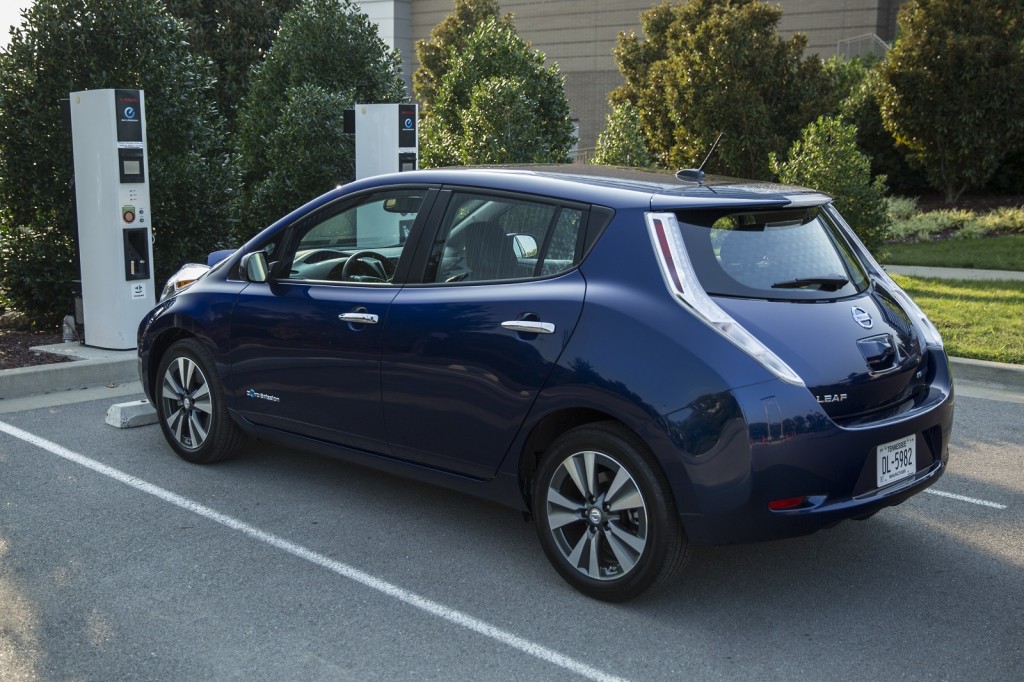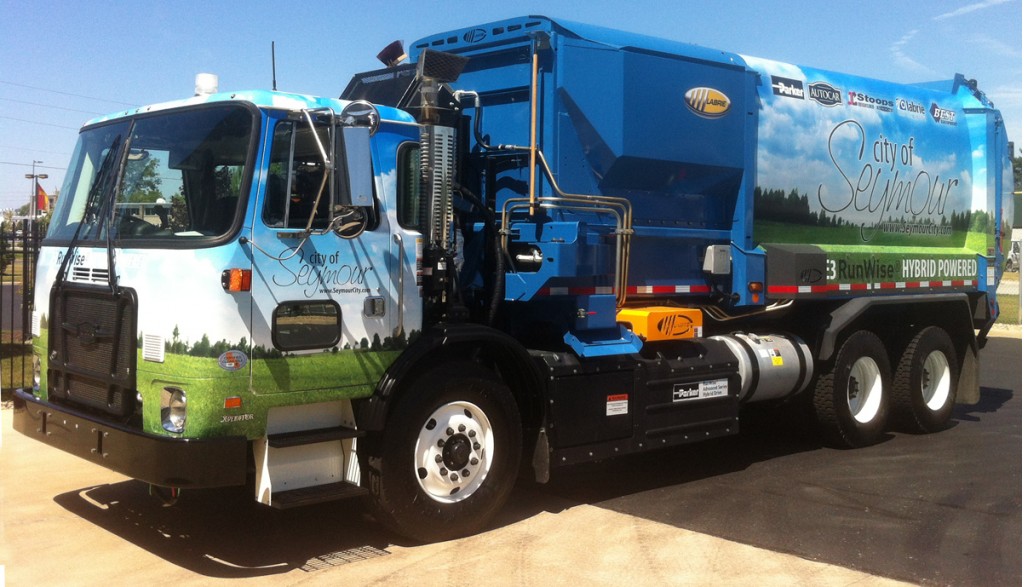Electric-car friendly policies like tax incentives and zero-emission vehicle mandates are meant to put as many plug-in cars on the road as possible.
Policymakers hope that by making electric cars more available, and more attractive to consumers, they'll gradually displace large numbers of gasoline and diesel cars.
But is that the right way to go about things?
DON'T MISS: Plug-In Electric Car Sales In August: Calm Before The Storm? (FINAL UPDATE)
In a speech at the Fleet Technology Expo in Long Beach, California, Tesla Motors co-founder Ian Wright said it isn't.
Rather than asking how to maximize the efficiency of the total fleet of vehicles, he said the real question is "How do we save the most fuel per vehicle per year?"
While these may seem like different versions of the same question about electrification, they lead to very different results, according to a Navigant Research blog post on the matter.

2016 Nissan Leaf
Emissions are more relevant from an environmental perspective, but mpg is easier for consumers to comprehend, particularly because it's typically linked to the financial benefit of lower fuel costs.
Yet analysts noted that, when plotting fuel consumed versus mpg, incremental fuel savings started to flatten out around 35 to 40 mpg.
ALSO SEE: Proposed 2021 Fuel Economy Rules For Heavy-Duty Trucks, Buses Released
Beyond that, increasing mpg showed little actual benefit in terms of energy efficiency or emissions, Navigant claims.
Big gains in fuel savings--and emissions reductions--only occur starting from very low mpg.
From there, each incremental improvement yields a much higher amount of fuel saved.

WrightSpeed turbine range-extended electric powertrain in medium-duty truck used by FedEx
That's why Wright--who left Tesla even before the Roadster went on sale in 2008--is focused not on all-electric passenger cars, but on big commercial trucks.
His Wrightspeed company has developed micro-turbine, extended-range electric powertrain for medium and heavy-duty trucks.
MORE: FedEx Tests Wrightspeed Electric Trucks With Diesel Turbine Range Extender (Oct 2014)
With average fuel economy that can drop into the single digits, they likely offer the biggest potential for incremental fuel savings.
And while they only represent a small number of the vehicles on U.S. roads, a commercial truck covers much more mileage than average passenger car each year.
Converting these trucks to all-electric powertrains is also impractical at the moment.

Parker Runwise hydraulic hybrid garbage truck (City of Seymour)
But Wrightspeed claims its system can cut fuel consumption by 50 percent--and save owners $35,000 per year.
So while automakers continue to invest in electric sedans, crossovers, and hatchbacks, hybrid commercial trucks could play an important role in an electrified future as well.
_______________________________________________












